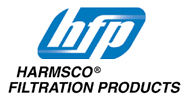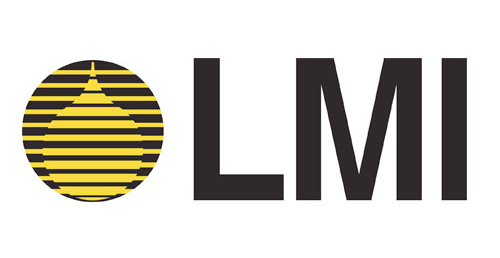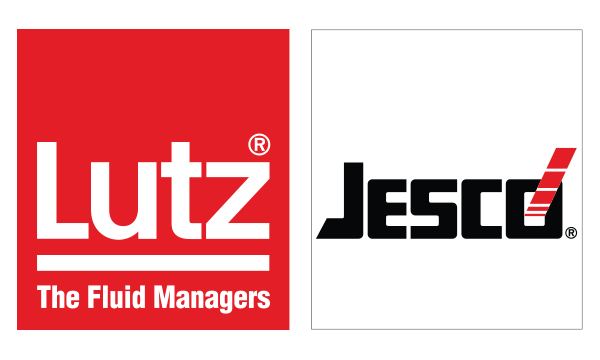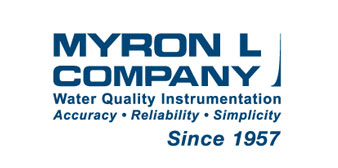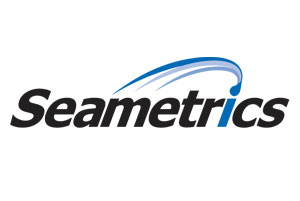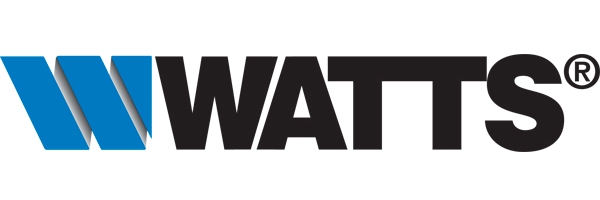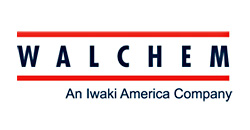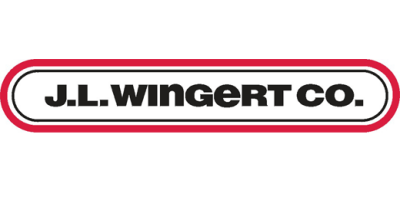Boiler & Cooling Tower Control Basics Series Installment 2
BEYOND CYCLES Whether we’re talking about boilers or cooling towers, we know if we reduce blowdown, cycles will increase, and if we increase blowdown, cycles will decrease, We also know the other constituents in the water (phosphate, sulfite, molybdate, etc.) will change in the same direction as the cycles change. The only time this rule will not hold true is when there are other variables at work. What if you’ve accounted for the change in cycles but the other constituents are still out of range? This requires you to think a little harder. CHEMICAL OVERFEED & UNDERFEED Maybe the chemicals are simply being overfed or underfed. This is easily remedied by turning the feed pumps up or down or changing the amount added to the day tank for a boiler. Simply changing the feed rate sounds easy, doesn’t it? Not so fast! Unless you understand the chemistry, you may not get the results you expect. You may grossly over estimate the change required. Remember that a lot of the chemistry applied has a demand and a residual component to the chemistry. For example, when feeding bleach to a cooling tower, you first must meet the free chlorine demand before you establish a residual. If you currently test 0.2 free chlorine residual but want 0.4 ppm, you may be tempted to double the setting on the bleach pump. By doing this, you have completely ignored that the system had a 60 ppm free chlorine demand as well. Currently the total chlorine dosage was 60.2 ppm(60+0.2 ppm). If you double the pump setting, the new dosage will be 120.4 ppm (2*60.2). The new free chlorine residual will be 60.4 ppm (120.4-60 ppm)! Somehow, I don’t think this is what you expected. This same demand versus residual logic applies to chelants (EDTA), phosphate, sulfite and other oxygen scavengers, etc. The lesson here is to know your chemistry.
Featured Products
X030-XC-AAAAXXX
PULSAFEEDER 100 METERING PUMP 30 GPD @ 100 PSI, 230 VAC MANUAL CONTROL
$681.00
$289.00
X030-XA-AAAAXXX
PULSAFEEDER 100 METERING PUMP 30 GPD @ 100 PSI, 115 VAC MANUAL CONTROL
$650.00
$275.00
85MHP17 (85MJH2A1S)
STENNER ADJUSTABLE DOSING PUMP 17 GPD 100 PSI 115V – 220V AVAILABLE UPON REQUEST
$800.6
$426.00

Join our newsletter
Join our newsletter to get the latest industry news and exclusive savings! Subscribe now to stay ahead with updates and special offers delivered right to your inbox. Don’t miss out!




















